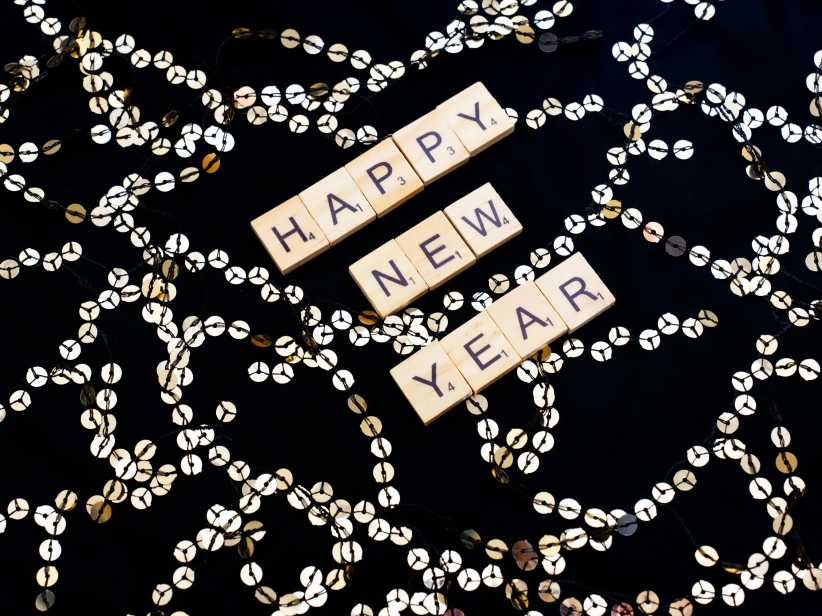Throwing a wrench into plans for the QueensWay park, a new study claims the restoration of the Rockaway Beach Rail Line would generate nearly half a million rides a day.
“The rail line would connect north and south Queens like no other [form of transportation],” Assemblyman Phil Goldfeder said at a press conference in Queens College Monday.
“The results of this study clearly show that reactivating the Rockaway Beach Rail Line is the best, most cost-efficient way to decrease commute times, improve access to existing parkland and grow our small businesses in Queens.”
The study, “A community impact study of proposed uses of the Rockaway Beach Branch right of way,” surveyed thousands of residents and assessed transportation and park needs in the surrounding communities of the rail line.
If reactivated, the study says, the rail line will ease congestion and commute times, and connect north and south Queens in a way that is currently not available with existing subway lines.
The project was student-led under the watch of Dr. Scott Larson, director of the office of community studies at Queens College.
“We did not come to the conclusion of what the best use for the land would be. That wasn’t the point of it,” Larson said. “We did it to add to the debate and provide objective information.”
A summary of the study reads: “The Rockaway Beach Branch line presents a unique opportunity as a potential transportation improvement. The effect would be faster travel between southern Queens, including the Rockaways, and northern/western Queens, Midtown Manhattan and points north.”
It goes on to mention that while ridership in south Queens is low compared to other parts of the city, commute times are long and the restoration of the line could lead to positive savings in travel times for the riders.
The rail line has been out of commission since the 1960s. If the rail line was seen as the most viable option for the land, it would cost about $700 million to fully restore it.
Currently, there is a debate on whether the land should be used to restore the transit line, make access to the QueensWay, or use the land for both transportation and park features.
The QueensWay would cost about $120 million to fully build out. Advocates for the QueensWay say the land would better be used as parkland rather than for transportation.
“The QueensWay would be free to everyone,” said Mark Matsil, a representative from the Trust for Public Land. “We have support from many elected officials. The QueensWay is economically feasible.”
Matsil said they are in the process of raising funds for the design phase of the QueensWay.
But Goldfeder believes that more and improved transit in Queens is a top priority for the borough, and not using this existing infrastructure would be a waste.
“Complete restoration of the rail line will increase transit options for every resident in Queens and NYC, create quality jobs, boost our economic development, ease commutes and congestion and clean our environment by taking thousands of cars off the road,” said Goldfeder. “I urge the MTA to include restoration of the Rockaway Beach Rail Line in their next capital plan.”
RECOMMENDED STORIES
- Bayside small businesses praised by feds
- $63K raised in fight against proposed Glendale homeless shelter
- Outrage after DMV dismisses tickets against driver who killed toddler in Flushing






























